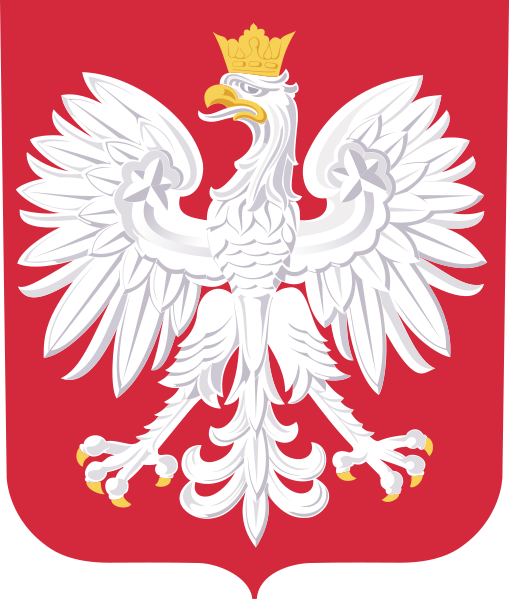Online first
Current issue
Archive
Most cited 2025
About the Journal
Editorial Board
Editorial Office
Copyright and self-archiving policy
Information clause on the processing of personal data
Conflict of interest and informed consent
Declaration of accessibility
Instructions for Authors
Instructions for Reviewers
Contact
Reviewers
2024
2023
2022
2021
2020
2019
2018
2017
2015
2016
2014
2013
Editing and translations
ORIGINAL PAPER
Post-exercise proteinuria in the cadets trained on Special Aerial Gymnastics Instruments
1
Polish Air Force Academy, Dęblin, Poland
(Department of Physical Education)
2
University School of Physical Education, Wrocław, Poland
(Department of Human Biology)
Corresponding author
Zbigniew Wochyński
Polish Air Force Academy, Department of Physical Education, Dywizjonu 303, 08-521 Dęblin, Poland
Polish Air Force Academy, Department of Physical Education, Dywizjonu 303, 08-521 Dęblin, Poland
Int J Occup Med Environ Health. 2015;28(5):863-73
KEYWORDS
proteinuriaN-acetyl-β-D-glucosaminidaseβ-2-microglobulinalbumincreatinineSpecial Aerial Gymnastics Instruments
TOPICS
- assessment of the impact of working conditions on work capability and workers’ health (fitness for work)
- fatigue evaluation
- physiological effects of workload (physical and mental workload)
- physiological response to selected occupational hazards; assessment of the impact of physical workload on the musculoskeletal system in different occupations
- physiological reaction to occupational factors: physical, chemical, air pollution, organizational
ABSTRACT
Objectives: Assessment of the effect of training on Special Aerial Gymnastics Instruments (SAGI) on the urine β-2-
microglobulin (β-2M), albumin (ALB), total protein (TP), N-acetyl-β-D-glucosaminidase EC.3.2.1.30 (NAG), expressed
as creatinine (Cr) and on the physical fitness of the examined cadets in comparison with the control group. Material and Methods: The study involved 55 cadets aged 20, divided into group A (N = 41) trained on SAGI, and group B (N = 14) –
a control group. The urine was collected twice: before the training (BT) and after the training (AT) at the start (training I),
during (training II), and after completion of the training program (training III). Urine proteins were assayed with commercially
available kits. Results: In group A, results obtained in trainings I, II and III showed a statistically significant increase
in β-2M/Cr, NAG/Cr, TP/Cr, ALB/Cr indices in AT compared with the baseline BT values. Similarly in group B, a statistically
significant increase in β-2M/Cr, NAG/Cr (trainings I, II), TP/Cr, AT compared with the baseline BT values in trainings
I, II, and III was noted. Comparison of both groups showed a higher value of the post-exercise proteinuria in group B
than in group A. In group A, a significant correlation between TP/Cr vs. ALB/Cr, NAG/Cr vs. TP/Cr, β-2M/Cr vs. TP/Cr,
i.e., r = 0.62 at p < 0.001; r = 0.33 at p = 0.03; r = 0.60 at p < 0.001, and r = 0.52 at p < 0.001, respectively, was observed
in group A, training III, AT. Conclusions: Assayed urine proteins depend on the intensity of physical exercise, the type
of exercise, and the level of physical fitness.
We process personal data collected when visiting the website. The function of obtaining information about users and their behavior is carried out by voluntarily entered information in forms and saving cookies in end devices. Data, including cookies, are used to provide services, improve the user experience and to analyze the traffic in accordance with the Privacy policy. Data are also collected and processed by Google Analytics tool (more).
You can change cookies settings in your browser. Restricted use of cookies in the browser configuration may affect some functionalities of the website.
You can change cookies settings in your browser. Restricted use of cookies in the browser configuration may affect some functionalities of the website.




